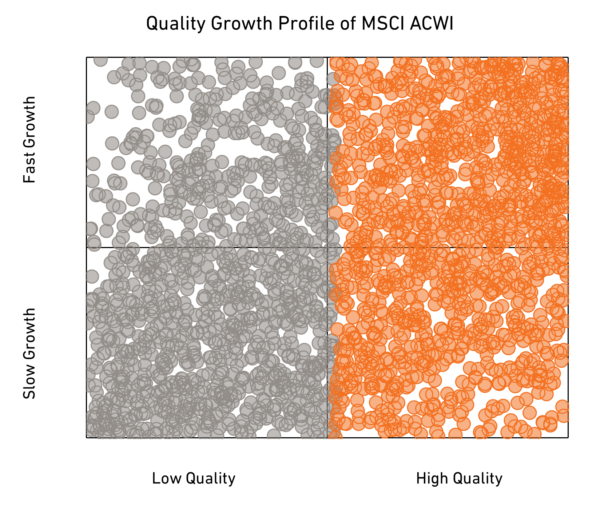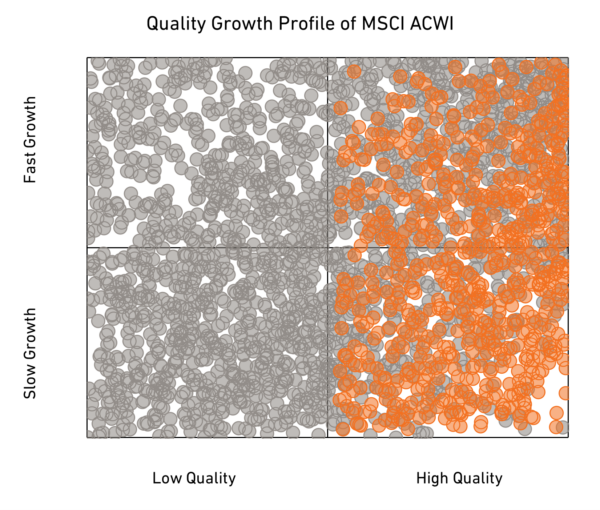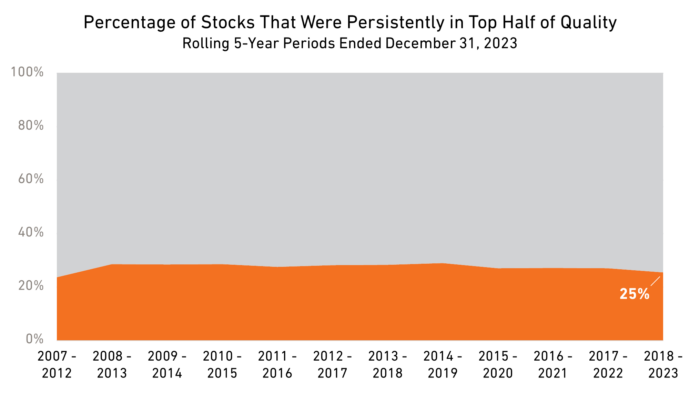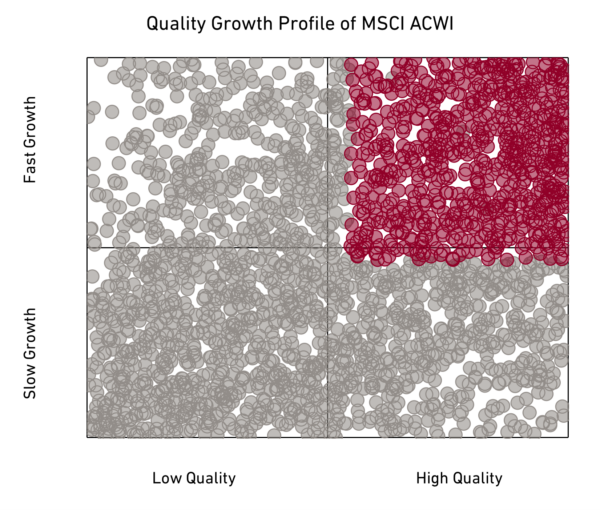That potential is attracting companies like Equity Bank, the largest bank in Kenya. The company has acquired two DRC-based banks in recent years, which now comprise 30% of its total assets. Equity Bank is early to the DRC, but we expect to see more investments flow to the country in the coming years. It is barely scratching the surface of what it could become.
Decades of autocratic rule and corruption have kept the country from tapping its potential. Beginning with Mobutu Sese Seko in 1965, the DRC was marred by wars and political instability under a series of dictators. Because of that, the country’s economic development has been weak, even by African standards. Ranked by GDP per capita, it is one of the poorest nations in the world. The entire country produces only about 3,000 megawatts of power, leading to constant shortages. Less than 10% of the country’s arable land is currently being farmed, making the country dependent on others for food. Only 6% of the population have bank accounts.
The DRC’s financial infrastructure is bare bones. Equity Bank’s DRC-based subsidiary, Equity Banque Commerciale du Congo (BCDC), is the largest bank in the country in terms of bank accounts but has only 1.9 million clients. And the DRC effectively has no capital market; there aren’t markets for government or corporate equities or bonds, which results in a low savings rate, deters economic growth, and makes the economy less efficient.
The physical infrastructure isn’t much further along. Simply generating power is a challenge; energy shortages are regular and severe. Somika, a mining company in Lubumbashi, the DRC’s second-largest city, provides its own electricity with diesel-powered generators, making energy and logistics the areas of some of its biggest challenges and costs. The result is that, despite having some of the highest grades of copper and cobalt in the world, local mines are not cost-competitive compared to mines in Australia.
Today, the DRC is addressing those and other issues. There’s been political stability since the 2018 election of current President Felix Tshisekedi. Working with developmental partners such as the United Nations, the World Bank, and the International Monetary Fund, his government enacted key political, judicial, and economic reforms that are beginning to unlock the country’s potential. Tshisekedi has attempted to weed out corruption and bring transparency to the government and the markets; these efforts resulted in a US$750 million World Bank financing package in 2022. His administration has proposed nearly 70 reforms focused on boosting business creation, facilitating property transfers, improving international trade, and more. The DRC’s entry into the East African Community trade bloc, also in 2022, opened access to neighboring markets with a combined 300 million residents and a combined GDP of US$285 billion.
Today, the DRC is Africa’s third-fastest-growing economy. Add its vast natural potential to that fact and you can see why companies like Equity Bank are moving there. That makes it enticing for forward-thinking investors.











